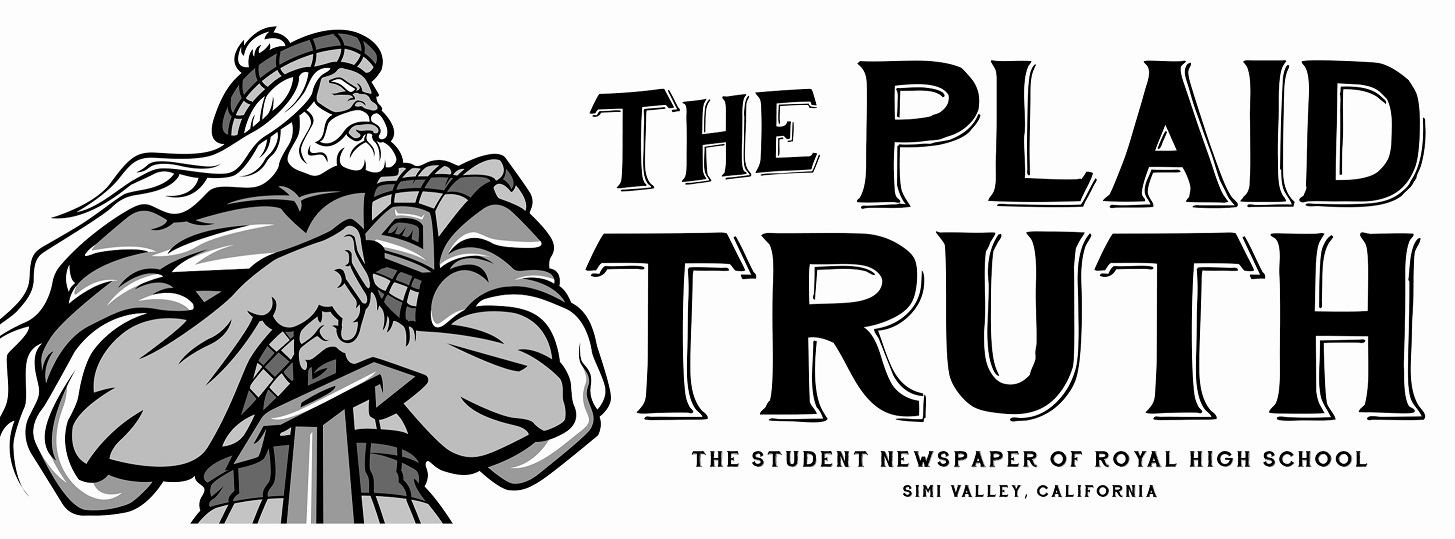St. Patrick’s Day is a holiday celebrated in many countries around the world, mostly known for the tradition to wear green. However, this holiday is much more than that, and has a large amount of history behind it. It is celebrated every year on March 17th, the day of St. Patrick’s death. St. Patrick was the patron saint of Ireland and its national apostle during the fifteenth century. He is credited for bringing Christianity to the people of Roman Britain. In the centuries after his death, the legends and stories about his life became more popular, one of them being that he explained the Holy Trinity using the three leaves of an Irish clover, the shamrock. Explaining why the shamrock is usually associated with this holiday.
Since around the ninth or 10th century, people in Ireland have been observing the Roman Catholic feast of St. Patrick. The Irish have observed this day as a religious holiday for over 1,000 years. Since St. Patrick’s day falls on the Christian holiday of Lent, families would usually attend a church in the morning, then celebrate in the afternoon. Lent prohibits the consumption of meat, so people would dance, drink and feast on a traditional Irish meal. Since then, the celebration of this holiday has definitely been modernized. It’s been turned into a full celebration of Irish culture.
People often like to celebrate with parades, traditional foods, music, dancing, drinking, wearing green, and pinching those who aren’t. The tradition of pinching came from fun folklore that says wearing green makes you invisible to leprechauns, the St. Patrick’s Day mascot, and if you don’t wear green, they will pinch you. Leprechauns are heavily associated with this holiday because they were often written about in Irish folktales. It is even a tradition for some children to make leprechaun traps, to try and catch their own.



